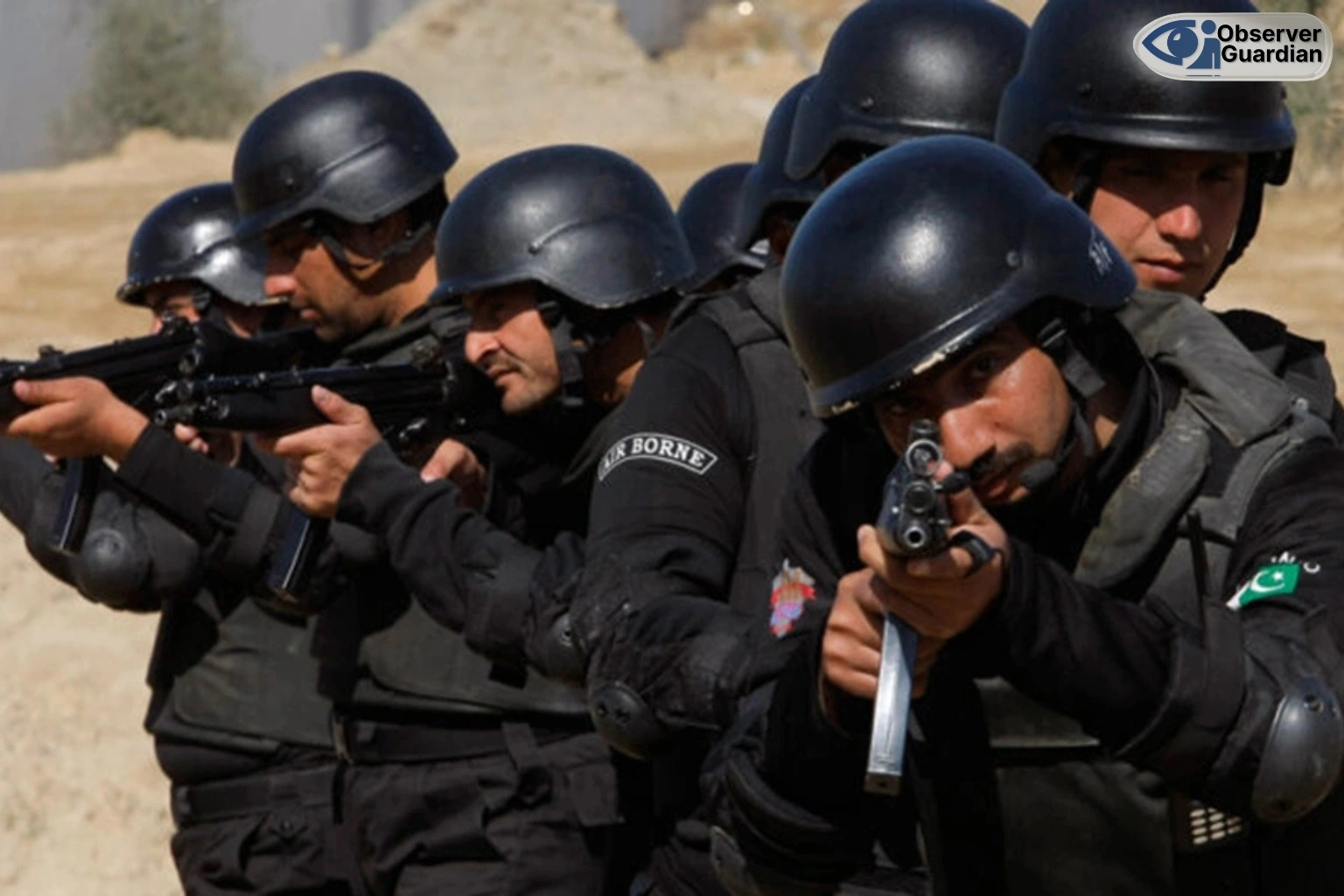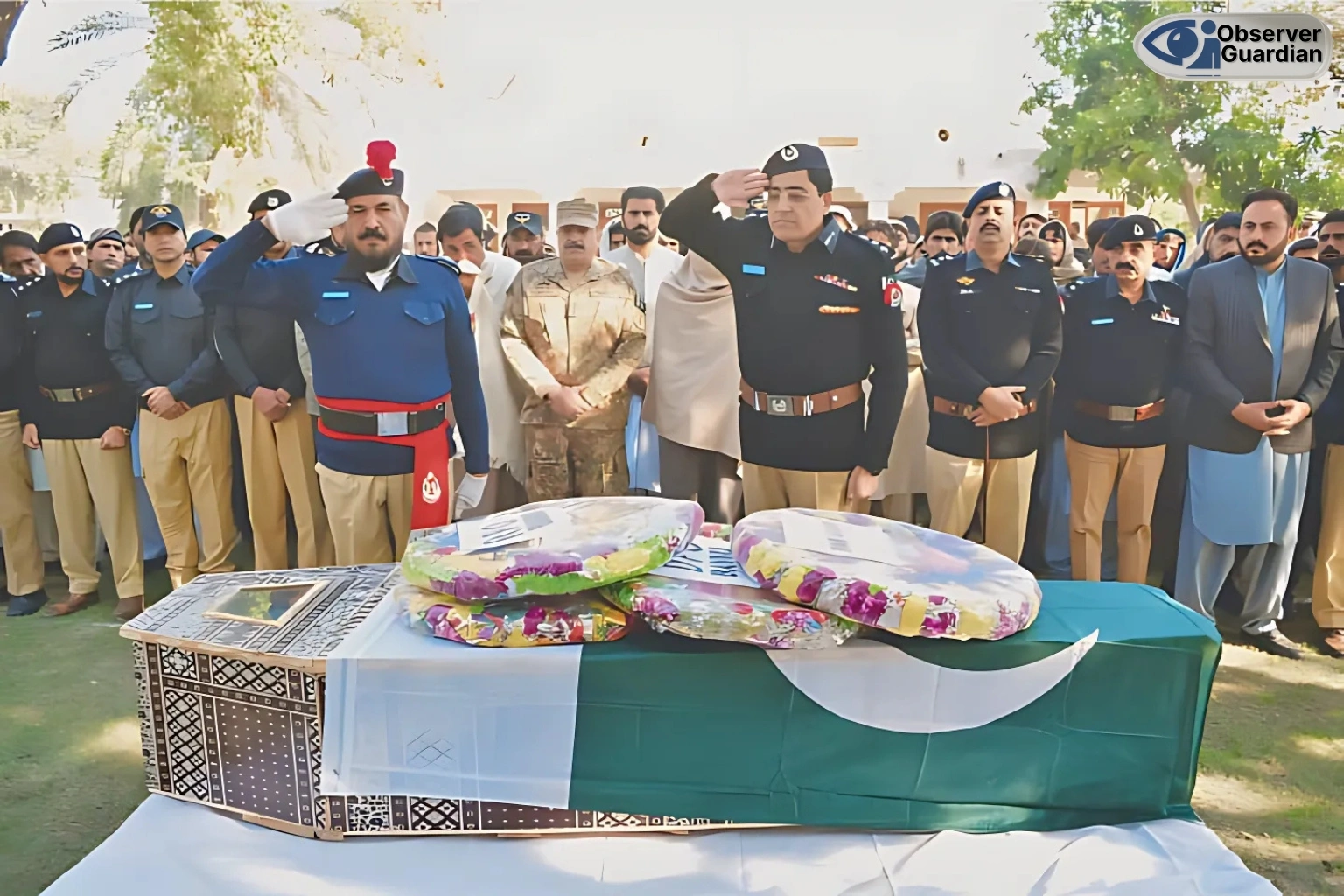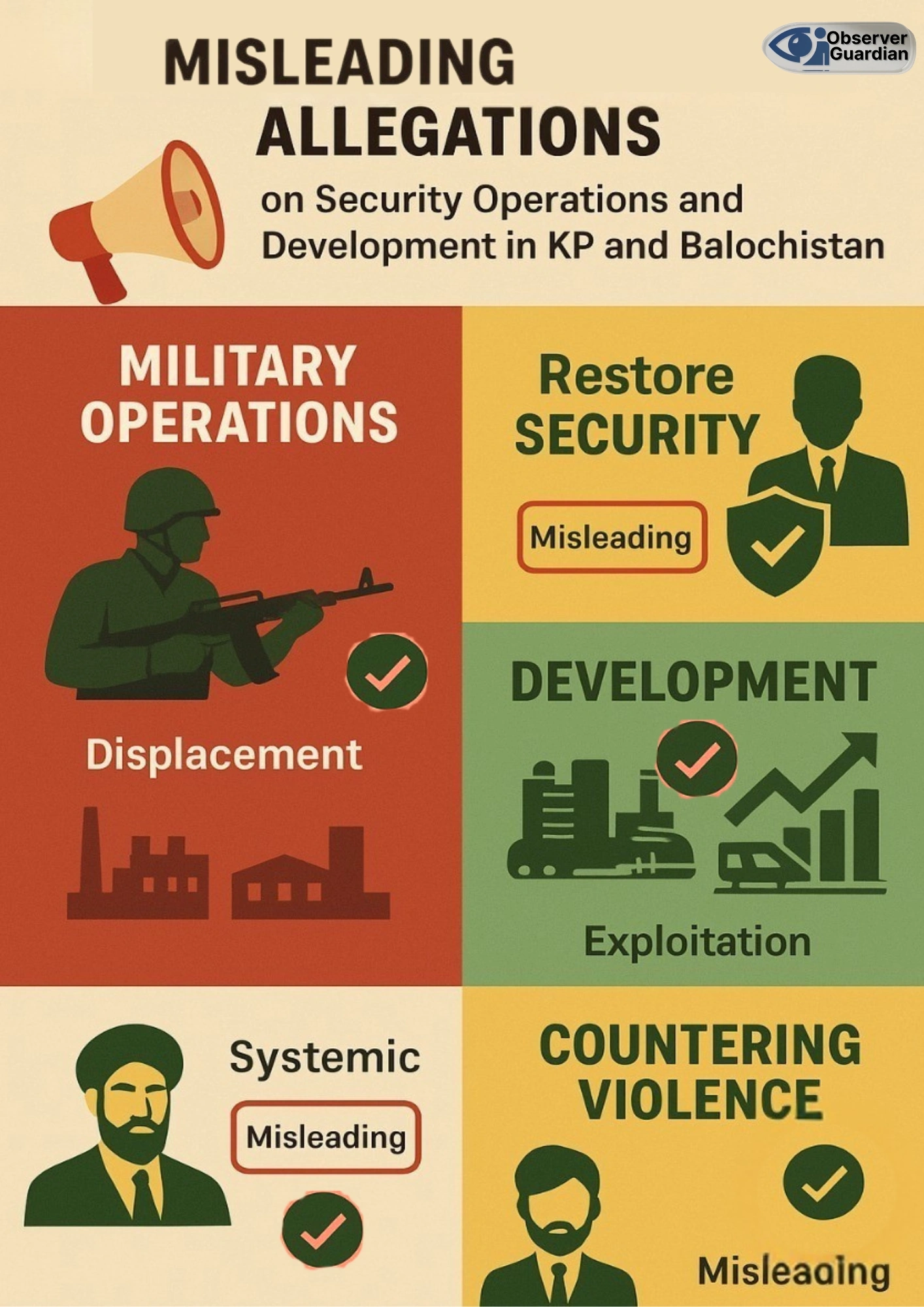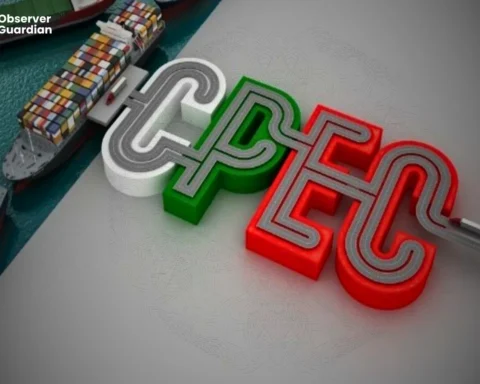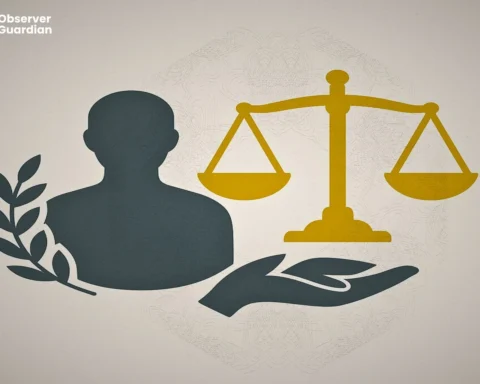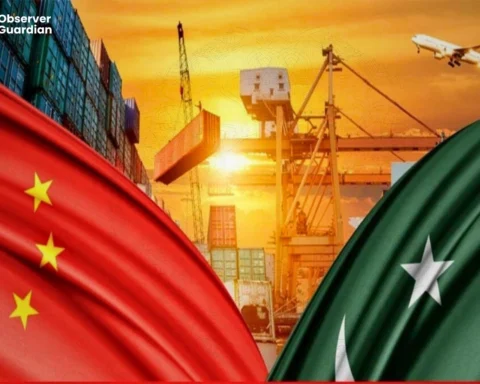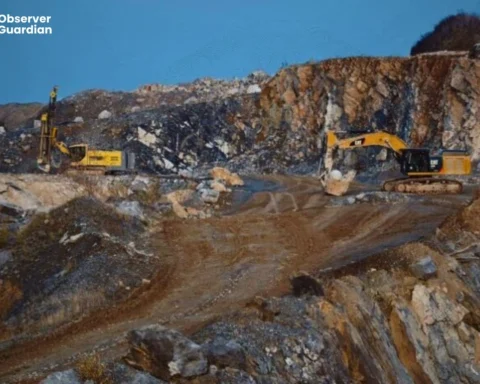What are the facts behind the allegations on security operations?
Allegations by various political actors and groups regarding the security policies and developmental priorities of Pakistan in Khyber Pakhtunkhwa (KP) and Balochistan often seek to frame a distorted picture of state intentions and actions. The Awami National Party (ANP) has consistently argued that repeated military operations in tribal areas ignored the root causes of terrorism and resulted in large-scale displacement, while claiming that the regions remain underdeveloped due to exploitation and neglect. The Pashtun Tahafuz Movement (PTM) and associated voices on social media have propagated the notion of systemic violence against Pashtuns, whereas anarchist groups allege that Pakistan is simply recycling its past policies from 2002 to 2014 by relying on security operations rather than political solutions.
These narratives, while politically convenient for their proponents, fail to account for the complexity of the situation and the broader context in which state policies have evolved. It is important to recognize that the military operations criticized by ANP and others were not undertaken in a vacuum or out of disregard for civilian well-being. They were necessitated by the persistent and lethal threats posed by terrorist groups, including Tehreek-e-Taliban Pakistan (TTP) and affiliated factions, whose sustained campaigns of terrorism left thousands of civilians, security personnel, and tribal elders dead.
In such a context, military action became the last available option to dismantle terrorist sanctuaries, disrupt command structures, and restore the writ of the state in areas where terrorist dominance had paralyzed governance and social life.
To frame these operations solely in terms of displacement, while ignoring their role in restoring security, is misleading and partial.
It is undeniable that counterterrorism has human costs, including displacement and disruption of livelihoods. However, the state has taken consistent measures to mitigate these impacts through resettlement programs, compensation schemes, and investments in infrastructure aimed at rehabilitation. The return of internally displaced persons (IDPs) to their native areas has been a priority, and while challenges remain, a vast majority of displaced families have been facilitated in resettlement. Moreover, framing displacement without acknowledging the violence perpetrated by terrorists that necessitated such operations conveniently absolves the very groups that destabilized these regions in the first place.
Equally flawed are claims that KP and Balochistan have been deliberately left underdeveloped or exploited. Both provinces remain at the center of Pakistan’s developmental vision. Flagship projects under the China-Pakistan Economic Corridor (CPEC), such as road networks, energy infrastructure, and industrial zones, are directly focused on boosting connectivity and economic activity in these regions. In KP, the integration of the erstwhile Federally Administered Tribal Areas (FATA) has been coupled with unprecedented budgetary allocations for health, education, and local governance. Balochistan has seen enhanced investments in Gwadar Port, regional road connectivity, and welfare projects aimed at integrating marginalized communities into the national economic framework. These developments refute the notion of neglect, demonstrating instead an effort to reduce the structural disparities that groups like ANP highlight rhetorically but often fail to address practically.
The allegations by PTM accounts regarding systemic violence against Pashtuns also require careful scrutiny. While PTM positions itself as a voice of grievance, its narratives often flatten complex realities into a binary of state oppression versus community victimhood. The state’s policies in tribal and border regions have increasingly shifted from a purely security-centric approach to one that emphasizes political, economic, and social integration. This includes extending constitutional rights to previously excluded areas, expanding access to courts and legislatures, and enhancing representation in provincial and national decision-making processes. By portraying all state action as systemic violence, PTM not only disregards these efforts but also risks amplifying narratives that align with hostile external agendas seeking to exploit ethnic fault lines within Pakistan.
Anarchist assertions that Pakistan is repeating its earlier policies from 2002 to 2014 are similarly misplaced. The security paradigm has undergone significant transformation over the past decade.
Where once borderlands were porous and terrorism thrived in ungoverned spaces. Since, Pakistan has reinforced its border security through fencing, surveillance, and cross-border coordination mechanisms. In addition to this, Tribal integration into KP has ended the political vacuum that once allowed terrorist groups to consolidate power, and local policing structures are gradually being strengthened. Therefore, Counterterrorism operations are now complemented by long-term developmental strategies rather than being pursued in isolation. To equate this evolving framework with the early years of the War on Terror is an oversimplification that disregards these institutional changes.
It is equally important to note that many of these allegations overlook the agency and resilience of local communities themselves. In recent years, tribal elders, local jirgas, and citizen initiatives have played active roles in rejecting terrorism and supporting state-led reintegration efforts. By presenting Pashtuns or Baloch communities exclusively as victims of state violence, groups such as PTM and anarchist networks erase the significant contributions of locals to peacebuilding and undercut the shared ownership of stability.
Ultimately, while criticism of state policies is legitimate in any democratic context, such critique must be grounded in accuracy and fairness rather than selective representation. Military operations were conducted out of necessity against terrorists who left the state with no alternative. Displacement, though tragic, has been addressed through structured rehabilitation. Development in KP and Balochistan is ongoing and central to national priorities, and the evolution of counterterrorism strategies reflects lessons learned from past mistakes rather than their repetition. Allegations that obscure these realities risk weakening collective resolve against terrorism and undermining the very communities they claim to defend.
Pakistan today faces a delicate balance including safeguarding national security while advancing inclusive development in historically marginalized regions. In addition, the road is neither simple nor free of setbacks, but to reduce this multifaceted struggle to exploit slogans of exploitation, systemic violence, or policy repetition does disservice to the truth. A sober evaluation reveals a state striving to correct structural inequities, secure its borders, and rebuild trust with communities scarred by decades of terrorism. The challenge is immense, but so too is the commitment to ensuring that KP and Balochistan are no longer seen as peripheral, but as integral to the fabric of a secure and prosperous Pakistan.
Disclaimer: The views and opinions expressed in this article are exclusively those of the author and do not reflect the official stance, policies, or perspectives of the Platform.

